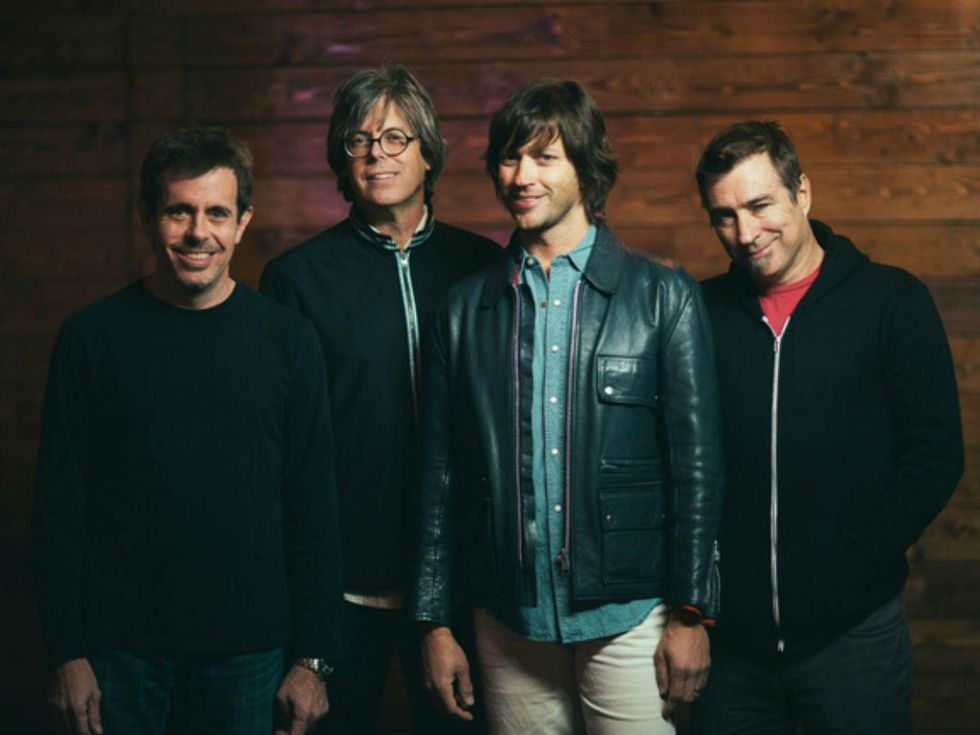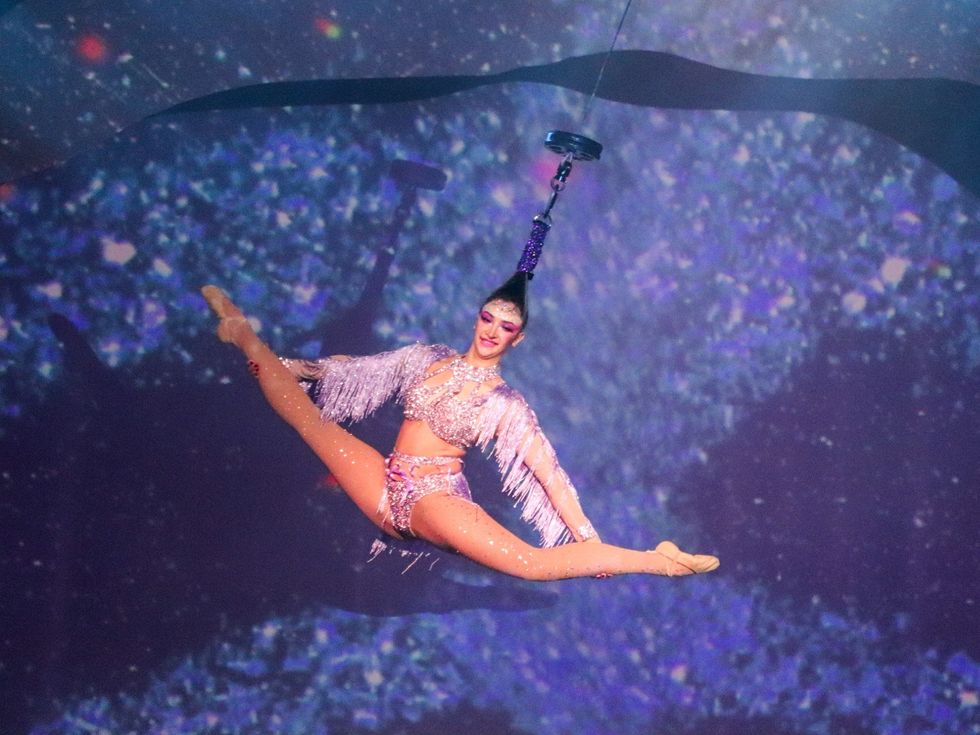Movie Review
Visually stunning Dune: Part Two serves up oft-impenetrable story

Timothee Chalamet and Zendaya in Dune: Part Two.
When Denis Villenueve’s remake of Dune debuted in 2021, it was widely praised for its cinematography and grand-scale vision. But it also featured a complex story not helped by the fact that Villenueve had split the original book into two parts. Dune: Part Two has finally arrived, and with it brings both the good and bad of the first film.
Paul Atreides (Timothee Chalamet) and his mom, Jessica (Rebecca Ferguson), having survived the attack by the House Harkonnen, are now embedded with the native Fremen in the vast desert on the planet Arrakis. Some Fremen, including Chani (Zendaya), are suspicious of the newcomers, but Stilgar (Javier Bardem) is convinced that Paul is the long-prophesied messiah, viewing everything he does – even renouncing the idea that he’s the messiah – as worthy of adulation.
Part Two also introduces a host of new characters, including the elderly Emperor (Christopher Walken); his doting daughter Princess Irulan (Florence Pugh); Feyd-Rautha (Austin Butler), the ambitious nephew of Baron Harkonnen (Stellan Skarsgård); and Lady Margot Fenring (Léa Seydoux), a scheming member of the highly-religious Bene Gesserit. All of these people and more play a part in either helping or hurting Paul’s rise to power.
There is no argument that Villenueve knows how to create a visually-stunning film, even one that is as CGI-heavy as this. He and cinematographer Greig Fraser (who won an Oscar for Dune: Part One) bring out all the tricks this time around, showcasing a landscape that could otherwise be monotonous in myriad interesting ways. A switch to black-and-white makes a mid-film fight sequence pop, and scenes with hundreds or thousands of people in them feel appropriately epic.
But once again, all of that visual splendor is in service of a story that is less than enthralling. Even though the nearly three-hour film would seem to give Villenueve and returning co-writer Jon Spaihts enough time to properly lay out the plot, they still choose to skip over seemingly key parts of certain characters’ arcs. This is especially true of the new characters, most of whom fail to make an impression, and even those who do are stuck with one-note journeys.
This seems to be because Villenueve is more interested in setting up future Dune movies than dealing with the one at hand. For those who may not know, Frank Herbert wrote six Dune books (with 18 more written by his son after his death), so a full-blown Dune Cinematic Universe is possible. There are a lot of allusions to things that will come in the future, including the life of Paul’s unborn sister (seen in flash-forward form as Anya Taylor-Joy), but they come at the expense of understanding the here-and-now, most notably Paul’s transition to a god-like figure.
Despite the story lack, Chalamet is a compelling presence in the lead role, ably demonstrating why he’s become one of the go-to young actors in Hollywood. The same goes for Zendaya, who finally gets a chance to shine after barely appearing in the first film. Butler goes over-the-top in a good way for his role, but Pugh is given next-to-nothing to do, a shame for someone with her talent. Bardem, Ferguson, and Josh Brolin make sure the older adults come off well, too.
There is no shortage of sights and sounds to wow the senses in Dune: Part Two; the gigantic sandworms alone are worth the price of admission. But when the accompanying story becomes borderline incomprehensible, that visual feast winds up feeling hollow.
---
Dune: Part Two opens in theaters on March 1.





